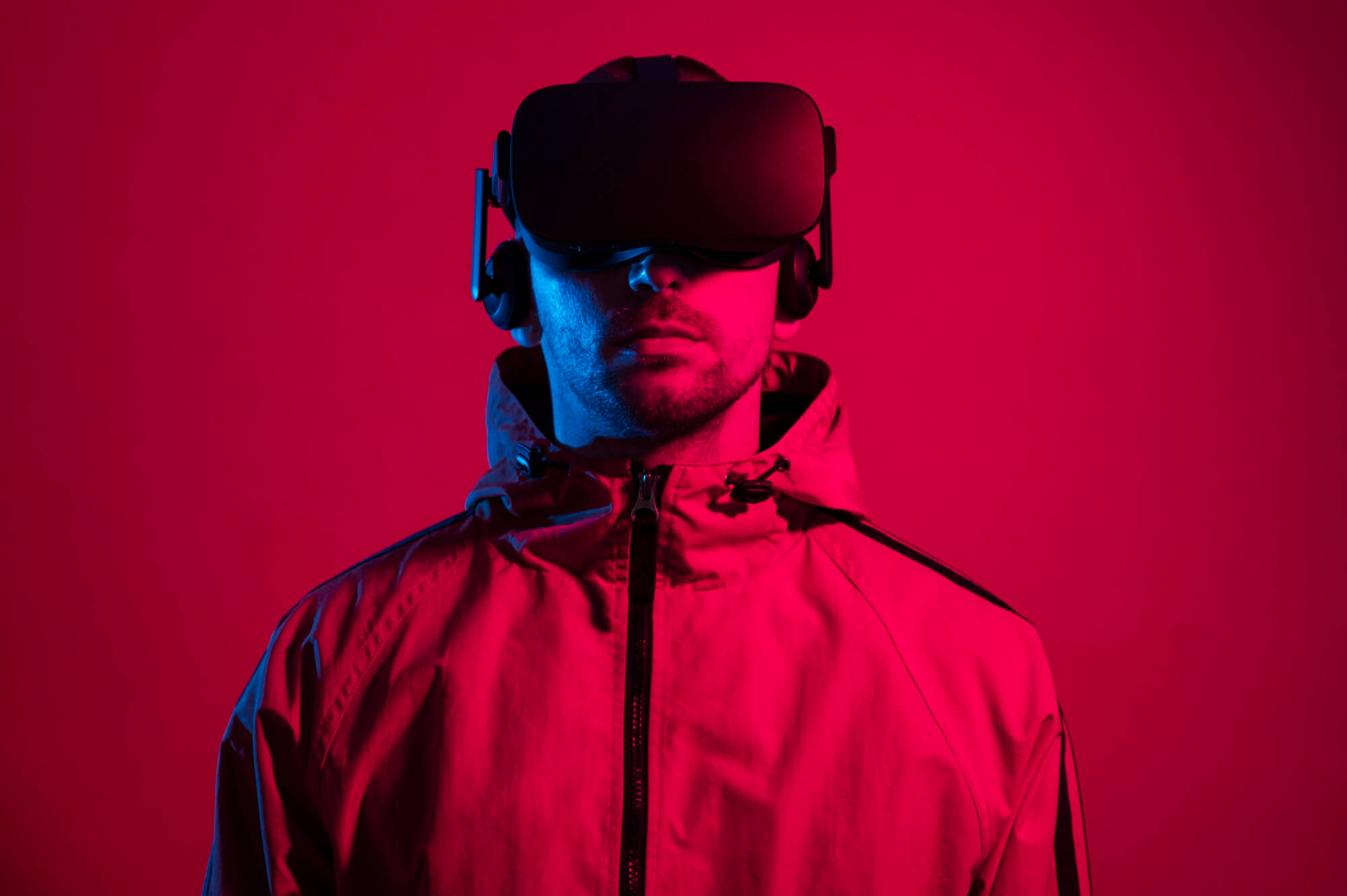Brainwaves on the Board: A Monkey Plays Chess with a Brain-Computer Interface
The boundaries between science fiction and reality are constantly blurring, and recent advancements in brain-computer interface (BCI) technology are a prime example. While companies like Neuralink, led by Elon Musk, have captured headlines with demonstrations of monkeys playing simple video games using BCIs, a new development takes things a step further: a monkey playing chess against a human opponent, controlled solely by its brainwaves.
This breakthrough achievement signifies a significant leap in BCI capabilities and its potential integration with artificial intelligence (AI). Let’s delve deeper into the world of BCI technology, explore the implications of this chess-playing monkey, and peer into the exciting future that lies ahead.
What is Brain-Computer Interface (BCI) Technology?
A brain-computer interface (BCI) is a system that creates a direct communication pathway between the brain and a computer. It translates brain activity, such as electrical signals or thought patterns, into commands that can be used to control external devices or software [1].
BCI technology functions by capturing brain activity through various methods, including:
- Electroencephalography (EEG): This non-invasive technique measures electrical activity on the scalp using electrodes placed on the head [2].
- Electrocorticography (ECoG): This invasive technique involves implanting electrodes directly on the surface of the brain, providing higher resolution signals compared to EEG [2].
The Chess Match: A Testament to BCI Progress
Neuralink’s demonstration showcased a monkey playing chess against a human opponent. This feat signifies a critical advancement beyond simple on/off commands seen in previous BCI demonstrations. Here’s why it’s groundbreaking:
- Decoding Complex Brain Activity: The ability to play chess requires strategic thinking, decision-making, and interpreting visual information from the chessboard. This suggests that the BCI can interpret more intricate brain activity patterns associated with these cognitive functions.
- AI Collaboration: While the news reports mention the monkey playing chess, it’s likely that an AI system plays a crucial role behind the scenes. The BCI translates the monkey’s brainwaves into signals that the AI interprets and translates into chess moves. This highlights the potential for AI to collaborate with BCI technology for more sophisticated applications.
The Future Landscape of BCI Technology
The chess-playing monkey experiment is a glimpse into the immense potential of BCI technology. Here are some exciting possibilities for the future:
- Revolutionizing Medical Care: BCI could empower individuals with paralysis or neurodegenerative diseases to control prosthetic limbs, communicate through thought, or operate assistive technologies [3].
- Enhanced Human-Computer Interaction: Imagine controlling devices or software with your thoughts! BCI could revolutionize how we interact with technology, leading to a more intuitive and natural user experience.
- Ethical Considerations: As BCI technology progresses, ethical discussions around privacy, security, and potential misuse of brain data will become increasingly important [4].
Looking Ahead: A World of Possibilities
The successful demonstration of a monkey playing chess using a BCI is a significant milestone in this rapidly evolving field. With continued research and development, BCI technology holds the potential to transform various aspects of our lives, from healthcare and communication to the way we interact with the world around us. However, alongside the excitement comes the responsibility to ensure responsible development and ethical considerations are at the forefront of this groundbreaking technology.
References:
- [1] National Institutes of Health. Brain-Computer Interfaces (BCIs). https://www.ncbi.nlm.nih.gov/pmc/articles/PMC3497935/
- [2] Wolpaw, Edward R., and Benjamin B. McLeer. “Brain-computer interfaces for communication and control.” Clinics in neurophysiology 113.6 (2002): 767-791. https://www.sciencedirect.com/science/article/pii/S1388245702000573
- [3] BCI Society International. “Clinical Applications of BCI Technology.” https://www.ncbi.nlm.nih.gov/pmc/articles/PMC2862632/
[4] Farah, Martha J. “Emerging ethical issues in neuroscience.” Nature neuroscience 16.11 (2013): 1535-1542. https://www.nature.com/neuro/articles






